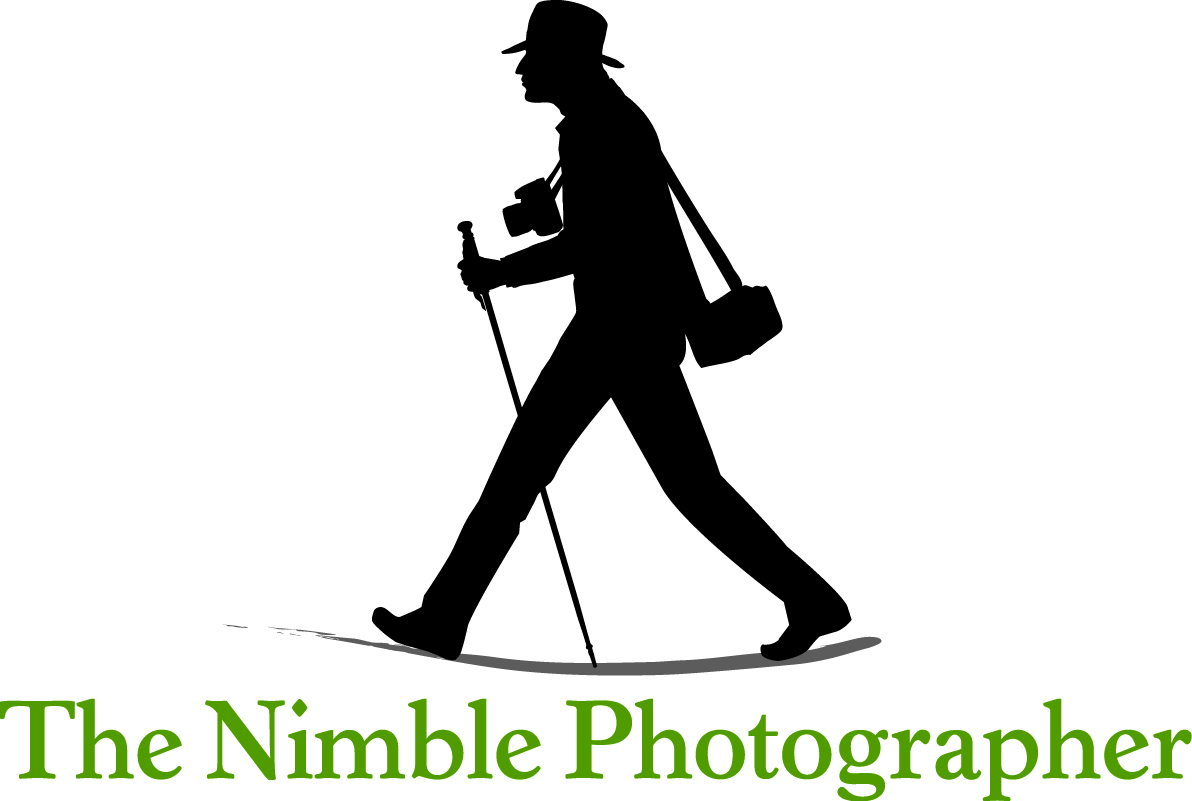I was meeting with a client yesterday because she wanted me to update their corporate head shots.
She had printed out examples of the style she was looking for. The images had a natural feel to them with existing light and maybe a few reflectors. There were no muslin backdrops or studio lighting rigs. The subjects were smiling, talking, looking at others, and in general, engaged with their environment. The color scheme was slightly pale.
Then she showed me the existing portraits they had hanging on the wall. "These need to go," she said.
How things have changed. Up until a few years ago, it was perfectly acceptable to stand stiffly in front of a backdrop with your best suit and a nervous smile. The photographer would employ his standard head shot lighting scheme, snap a few dozen pictures, and call it a day.
Then people discovered Instagram.
What at first seemed like a gimmick, such as applying the Hudson filter to a snap of your child splashing in the pool, became popular art. Why? Honestly, because the pictures weren't boring.
A perfectly aligned - exposed - color temperature correct - image might be required for Architectural Digest, but it's not how we want to portray the life that radiates from our friends, family, and coworkers.
Because it's so competitive on social media, photographers have pushed the envelop in every direction. Scrolling through my Instagram feed is both entertaining and inspiring. I haven't been this excited about images since the days of Life and Look magazines.
Smart businesses know this. They don't want their CEO to look like he was lifted from your dad's yearbook. They want to say to their customers, "Yeah, we get it." And they're doing that by changing how their images look online and in print.
As a photographer, I couldn't be happier. I've always bristled at the thought of a technically perfect photograph. And for Pete's sake, don't explain to me how you did it. I don't care.
I'm too busy figuring out how to make this shot interesting.
-Derrick
